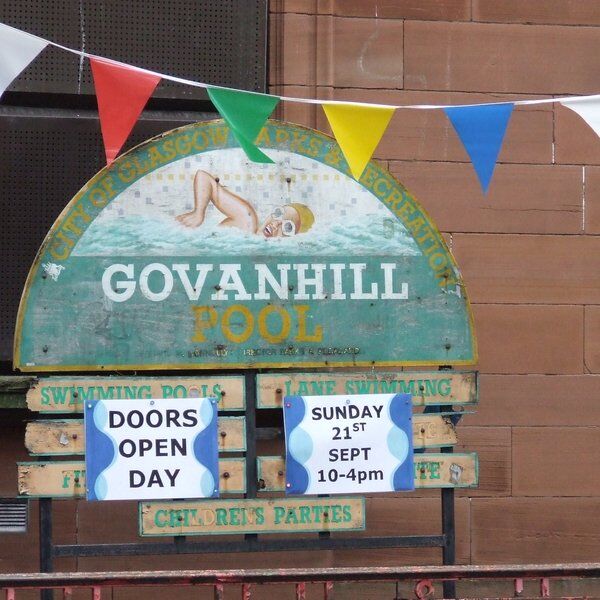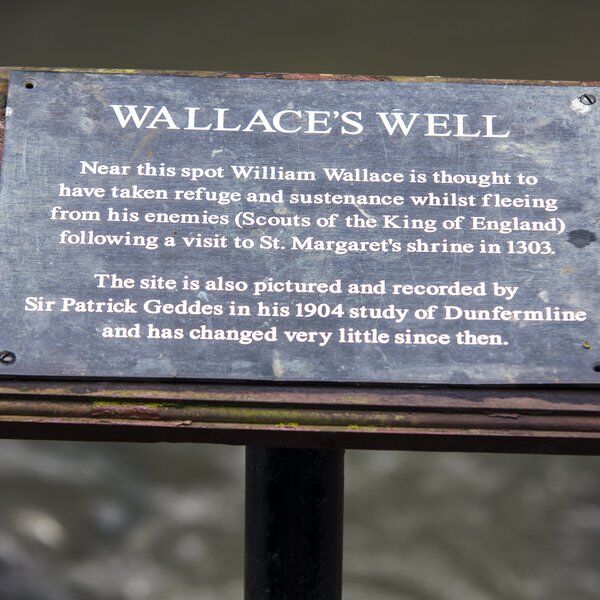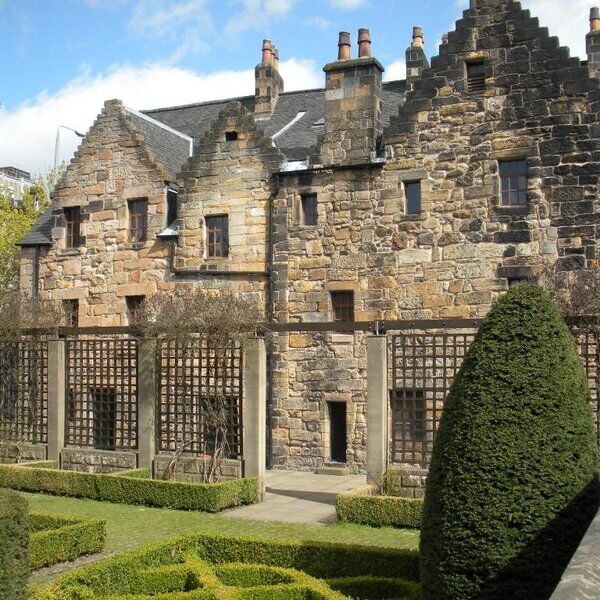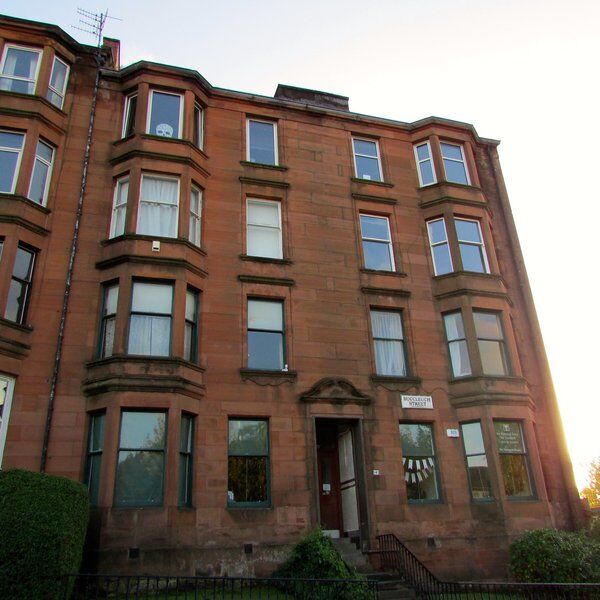Originally a centrepiece window of the Assembly Rooms façade on Ingram Street, McLennan Arch is a lasting architectural tribute to Glasgow’s former entertainment and socialising hub.
Described by some as Glasgow’s Arc De Triomphe, McLennan Arch is one of the most well-travelled odes to history in the city with a fascinating history.
History of McLennan Arch
Standing at the entrance to Glasgow Green today, it would be incredibly difficult to deduce that the magnificent archway in front of you hasn’t been a part of the park’s furniture all along.
But eagle-eyed spectators of McLennan Arch will notice a few details that give away its true history - which, astonishingly, goes all the way back to the late 18th century.
Glasgow New Assembly Rooms

During the 18th century, Glasgow was transformed from an overgrown town into a buzzing metropolis. The economic boom brought on by tobacco trading and other imports made Glasgow especially attractive for emerging middle class merchants, and all over Scotland (and the rest of the UK), the middle and upper classes were growing in numbers and civic influence.
Accordingly, Glasgow’s infrastructure changed rapidly throughout the 18th century. The city expanded westwards to build new, shiny buildings that were suitable for wealthier people, who didn’t want to associate with the people or living standards of Medieval Glasgow. Areas such as George Square were built to house wealthy merchants and their families, and nearby, new roads were laid out to meet the growing demand for more opulent housing in the city.
But bigger, better designed houses weren’t the only things wealthy Glaswegians wanted or needed. They needed somewhere to socialise, listen to music and, for the young men and women of the city, meet ‘suitable’ future partners. Assembly Rooms were the respectable nightclubs of their day, and had popped up all over the UK - the Assembly Rooms in Edinburgh opened in 1787.
Glasgow’s Assembly Rooms were built in 1796, designed by two brothers, Robert and James Adams, originally from Fife and with an established pedigree as renowned architects. On the front façade, facing Ingram Street, large windows were framed by grandiose columns that formed an archway - one of which later became McLennan Arch.
The Athenaeum and Demolition of Glasgow Assembly Rooms
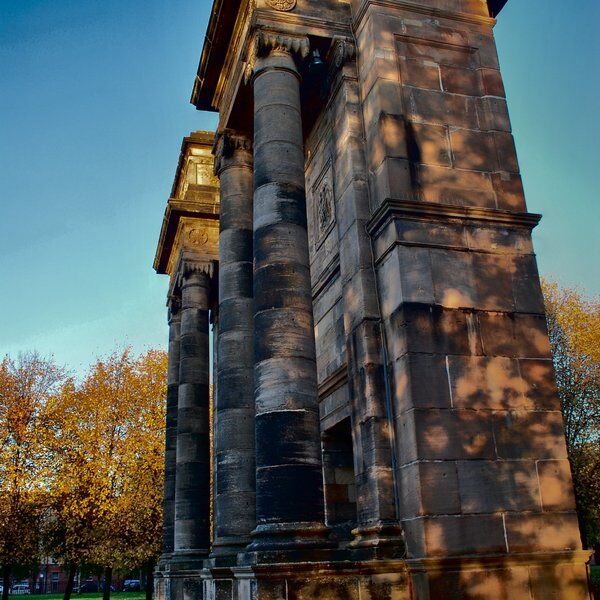
In 1847, some of the space at Glasgow Assembly Rooms was acquired by the Glasgow Athenaeum Club. “Athenaeums” were a Victorian byword for intellectual societies, where groups of people (initially just men) met to discuss literature, attend lectures, and broaden their educational horizons.
The move to Glasgow Assembly Rooms for Glasgow Athenaeum was celebrated with a “soirée” attended by the most popular British author at the time - Charles Dickens. In December 1847, nearly 3000 people flocked to Glasgow City Hall to hear Dickens’ speech and hopefully catch a glimpse of the famous author.
However, by the end of the 1880s, demand for Glasgow Athenaeum was more than the Assembly Rooms could provide. Additionally, as the 20th century dawned, people became less and less interested in attending formal balls and concerts. Assembly Rooms were out - but postal services were well and truly in.
As a result, Glasgow Assembly Rooms were demolished in 1892 to make room for an extension to the General Post Office Building. Before it was reduced to dust, however, a benevolent wealthy merchant stepped in and rescued part of the historic building. That man was James McLennan, and the part he rescued was the arch that would bear his name for years to come.
James McLennan: The Man Behind McLennan Arch

But who was James McLennan? And why did he rescue part of an old building? The answers to these questions unlock some of the most intriguing history behind McLennan Arch - perhaps the best way to start the story is with a bit of information about James McLennan himself.
James McLennan was born in 1838 in Coylton, Ayrshire. His father, Andrew McLennan, was a spirit dealer (otherwise known as a purveyor of alcohol) and his mother was Isabella McLennan, née Brown.
James married twice, since his first wife, Agnes Logan, died of typhoid at just 19 years old. His second wife, Henrietta Bryce, was the daughter of a successful wine and spirit merchant from Galloway but operating in Glasgow, Alexander Bryce. McLennan began working for his father-in-law as a travelling merchant, representing his wife’s family company and earning a decent income to support his own growing family. When Alexander Bryce died in 1887, James McLennan and his associate, Peter Clark, took over the company, earning McLennan even more wealth and status than he had previously enjoyed.
We can only guess at McLennan’s personal reasons for choosing to rescue the old arch from Glasgow Assembly Rooms - perhaps he liked how they looked or they held some sentimental value for him - but either way, the façade was removed and rebuilt in Monteith Row bearing the inscription: “This arch was presented to his fellow citizens by Bailie James McLennan J.P 1893”.
McLennan Arch was later moved to Greendyke Street in 1922, and moved again to its current location facing the entrance to Glasgow Green in 1991. McLennan’s renown in Glasgow was substantial enough to earn him a plaque and a bust at Trades Hall, another building designed by Robert Adams.
Discover More about Glasgow with CityDays
Ready to discover more of what Glasgow has to offer?
CityDays have a brand new treasure and scavenger hunt in Glasgow which combines the fun of an escape room with the historic facts and whimsical trivia of a walking tour!
Take the stress out of planning your visit to Glasgow and book your adventure today!
Not visiting Glasgow this time? Don’t worry, you’ll find us all over the world.





